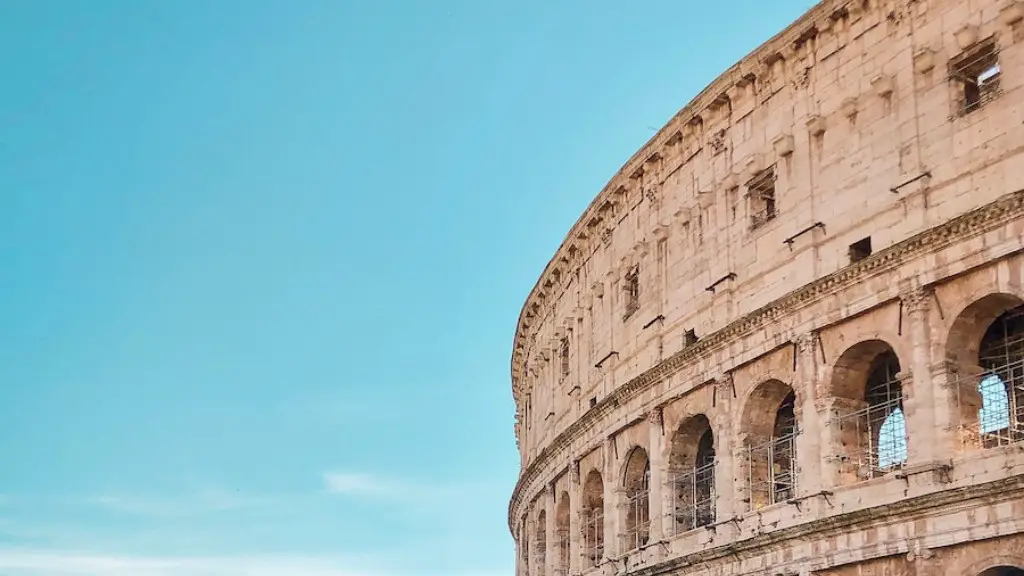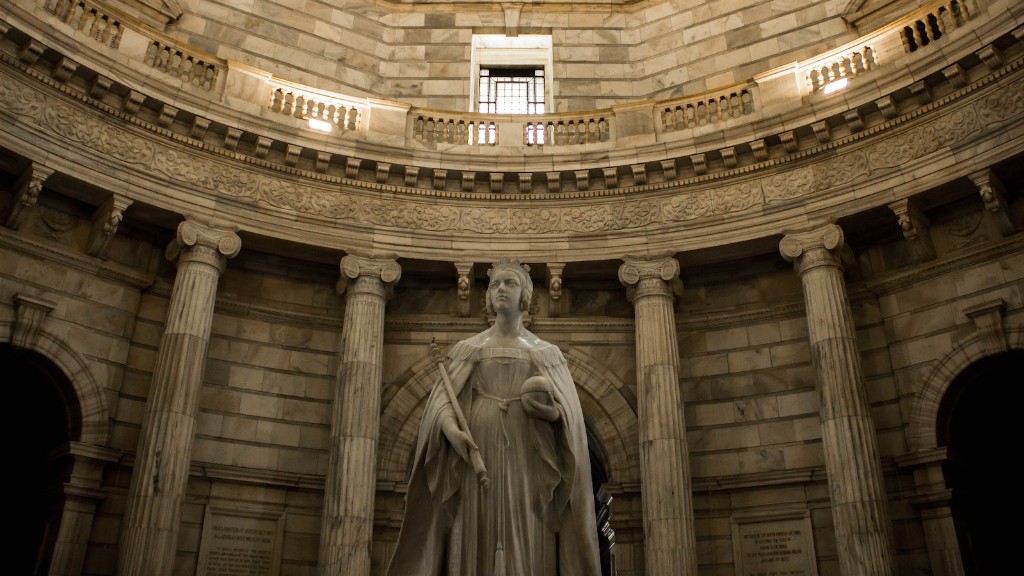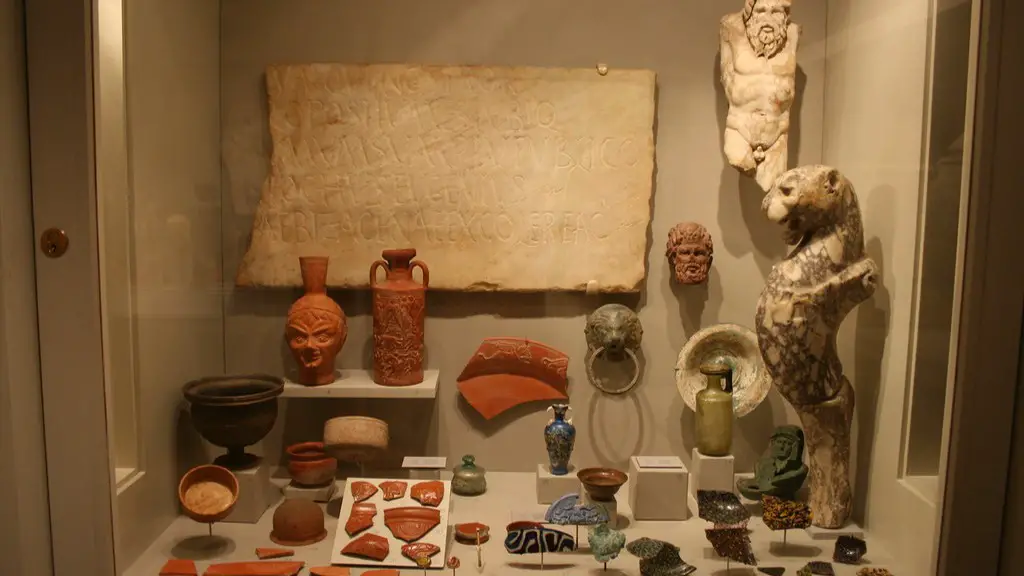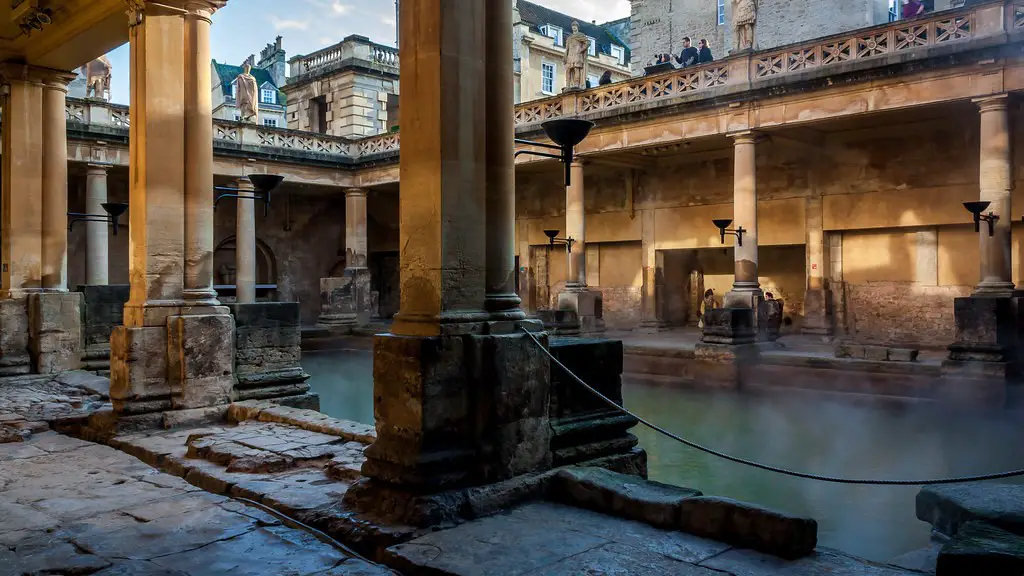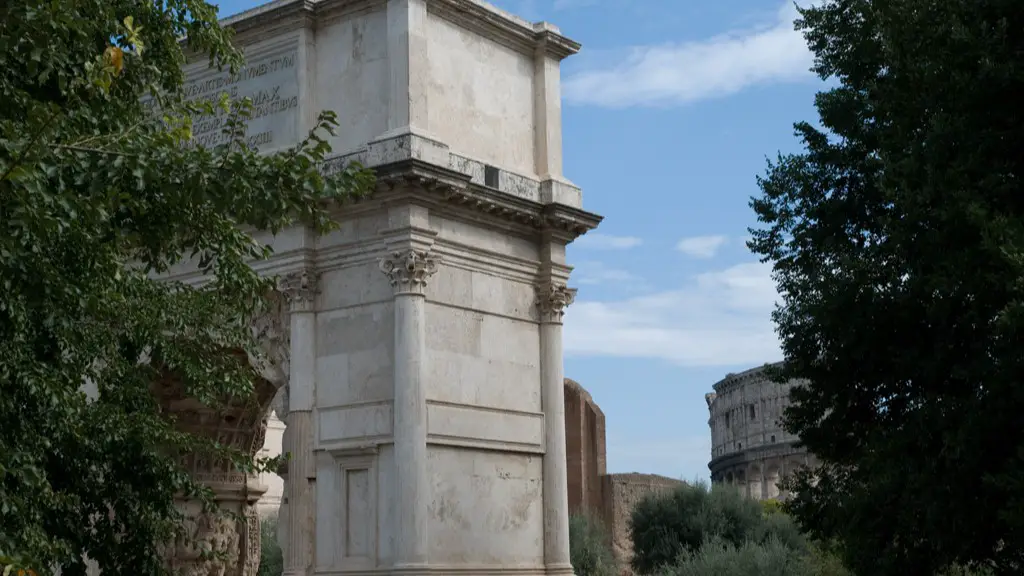The ancient Romans are renowned for their impressive engineering feats, and one of their most famous accomplishments is the construction of aqueducts. These man-made channels were used to transport water from distant sources into the city of Rome, and the system of aqueducts was so successful that it was later copied by other civilizations. While the ancient Romans did not invent the concept of an aqueduct, they were responsible for perfecting this technology and making it an essential part of their society.
The ancient Romans did not invent aqueducts.
Did Romans create aqueducts?
The Roman aqueduct system was one of the most impressive engineering feats of the ancient world. Aqueducts were built to transport water from sources outside the city to public baths and private homes. Over a period of 500 years, from 312 BCE to 226 CE, the Roman aqueduct system was built by both public and private funds. High-ranking rulers often ordered aqueducts to be built, and the Roman emperors Augustus, Caligula, and Trajan all had aqueducts built during their reigns.
The Appian Way, or Via Appia, was one of the earliest and strategically most important Roman roads of ancient Rome. It connected Rome to Brindisi, in southeast Italy. Its importance is indicated by its common name, recorded by Statius, Appia longarum.
Who invented aqueducts before the Romans
The Minoans were an ancient civilization that was particularly associated with the development of aqueducts. Around 2000 BCE, the Minoans developed an irrigation system that included several aqueducts. This system was likely the first of its kind and was extremely advanced for its time. The Minoans’ aqueducts allowed them to bring water from distant sources to their settlements, which helped to support their growing population.
The Pantheon, the Colosseum and the Roman Forum are all examples of buildings that were built by the Romans using a form of cement. It’s not the cement we use today, but as an early form it was effective and it was used in many of their structures and developments. The Pantheon is one of the most iconic and well-preserved buildings from Ancient Rome and is a great example of Roman engineering.
Why did the Romans invent aqueducts?
Over the course of 500 years, 11 aqueducts were constructed to bring water to ancient Rome. The first, the Aqua Appia, was built in 312 BCE by the censor Appius Claudius Caecus. These aqueducts were vital to the city’s growth and prosperity, and their engineering and construction was a feat of engineering.
The ancient Romans were famous for their longstanding structures, with many iconic landmarks still standing today. They did this by inventing what we call today, hydraulic cement-based concrete. This type of concrete is made with a mixture of water, sand, gravel, and limestone. The Romans were able to create such strong structures with this concrete by using a system of channels and elevated platforms to deliver the material to the construction site.
Did ancient Romans have running water?
Throughout the day and night, the ancient Romans had running water available to them. No matter what, the water and sewage system was always being used for something that would benefit the city. If the water couldn’t be drunk, it would be used for bathing, and if not even that, then the water would be used to flush waste away into the Tiber.
Greek water management was highly efficient and well ahead of its time. Both Samos and Athens had long-distance aqueducts supplying them with water from as early as the 6th century BCE. The aqueduct in Athens was 25 km long and included the famous 1 km tunnel designed by Eupalinus of Megara. Pisistratus, the tyrant of Athens, constructed an aqueduct of 15 to 25 cm wide ceramic pipes in the Ilissus valley, 8 km long. This system supplied the city with up to 300,000 litres of water per day. The engineering and construction techniques used in these early aqueducts were so advanced that they were not surpassed for centuries.
Did Mayans make aqueducts
The ancient Maya were very clever engineers. They were able to harness the power of water and use it to their advantage. Underground water features were very common in Palenque because the city was built in a constricted area in a break in an escarpment. The Maya routed streams beneath plazas via aqueducts to make more land available for living. This was a very clever way to use the resources that were available to them.
The Maya were well known for their ability to construct advanced water control systems, which they used to support their main communities. These systems included dams, aqueducts, canals, and reservoirs, and allowed the Maya to manage their water resources effectively. Cities with documented water control systems include Caracol, Tikal, and Palenque.
How did the Romans get water to flow uphill?
An aqueduct is a engineering waterway used to transport water from one place to another. The Roman aqueducts were some of the most impressive and intricate engineering feats of the ancient world. In order to achieve a consistent, shallow slope to move the water in a continuous flow, the Romans lay underground pipes and constructed siphons throughout the landscape. The aqueducts not only supplied fresh water to cities and towns, but also were used for irrigation and public baths.
The Romans were great innovators in the field of architecture, coming up with new ways to build that the Greeks did not have. One of their most notable innovations was the arch, which allowed them to create new and interesting shapes for their buildings. The Romans also mastered the use of concrete, which allowed them to create massive structures like the Colosseum. Other notable innovations include the use of triumphal arches and aqueducts, which helped bring water to cities.
What are 5 things the Romans are most famous for
The Roman civilization has greatly impacted our own. Here are thirteen things the Romans did for us:
1. Fast food: The Romans were the first to introduce street stalls and ‘food on the move’, which we might think of as fast food today.
2. Advertising and trademarks: The Romans were the first to use signs and advertising to promote businesses.
3. Plumbing and sanitation: The Romans were responsible for developing an effective system of plumbing and sanitation.
4. Towns: The Romans were the first to develop towns and cities as we know them.
5. Architecture: The Romans were responsible for some of the most impressive architecture in history, such as the Colosseum and the Pantheon.
6. Roads: The Romans built an extensive system of roads that linked cities and facilitated trade and transportation.
7. Our calendar: The Roman calendar, which is the basis for our modern calendar, was first introduced by the Romans.
8. The Latin language: The Latin language, which is the basis for many modern languages, was first introduced by the Romans.
9. Law and order: The Romans developed an effective system of law and governance that has served as a model for many
The ancient Romans were an extraordinary people who conquered vast amounts of land in Europe and northern Africa. They built roads and aqueducts and spread Latin, their language, far and wide. They were known for their military, political, and social institutions. Their impact on the world is still felt today.
How did the ancient Romans get fresh water?
Aqueducts were an engineering feat of the ancient world and allowed the Romans to bring in water from far away sources to meet the needs of their massive metropolitan area. Without aqueducts, the Roman people would have had to rely on local water sources, which would have been insufficient to support the population. The aqueducts also allowed for the development of public baths and other public facilities that required a large amount of water.
The Roman aqueduct known as the Acqua Vergine is still functioning today and supplying water to some of Rome’s fountains. This amazing feat of engineering was built in 19 BC and has been restored several times over the centuries. It is a testament to the skill of the Roman engineers that this ancient aqueduct is still in use today.
Conclusion
The ancient Romans are credited with inventing aqueducts, which were used to transport water from one location to another. Aqueducts were an important part of the Roman water system, which also included dams and reservoirs, and were used to bring water to urban areas for drinking, bathing, and other uses.
Yes, the ancient Romans did invent aqueducts. These amazing feats of engineering allowed the Romans to bring fresh water to their cities, which was essential for both public and private use. Aqueducts were also used to transport other materials, such as oil and wine, and to provide irrigation for crops. The Roman aqueducts were a vital part of Roman society and helped make the Roman Empire one of the most powerful empires in history.
